
60 years of the Gromada Centrum Hotel
The lowest price only on our website
Arrival 23
may 25
Departure 24
may 25
Your discount code
Dear Guests,
For 60 years, Hotel Gromada Centrum has been a place in the heart of Warsaw where guests come to celebrate, escape daily life, work, have fun, learn, or spend time with loved ones.
The atmosphere of our hotel is created not only by you, our guests, but also by our dedicated employees, who ensure these precious moments turn into lasting memories.
In hospitality, no two days or moments are ever the same. Everything is unique, personal, and centered around people and relationships, which makes it truly special.
We are proud to promote hospitality within our walls and to celebrate the many stories and moments shared by both you, our guests, and our team.
We extend our heartfelt gratitude for the trust you have placed in us over these many years of partnership. Thank you for the shared events, your kindness, and all the expressions of support and goodwill.
Without you, we wouldn’t be here!
The Team at Hotel Gromada Centrum
"A long journey led from the initial intentions and initiative to the construction of the Dom Chłopa in 1961."
In the popular rural magazine *Zaranie* and later at the 1912 congress of agricultural circles, rural activists called for the construction of the Dom Chłopa in Warsaw, funded by farmers' contributions, as a cradle for the development of rural culture. However, at that time, the political and social conditions in Poland were not conducive to realizing such an idea.
In 1938, rural youth attempted to revive the initiative, and contributions began to flow in. Unfortunately, the outbreak of the war thwarted these plans.
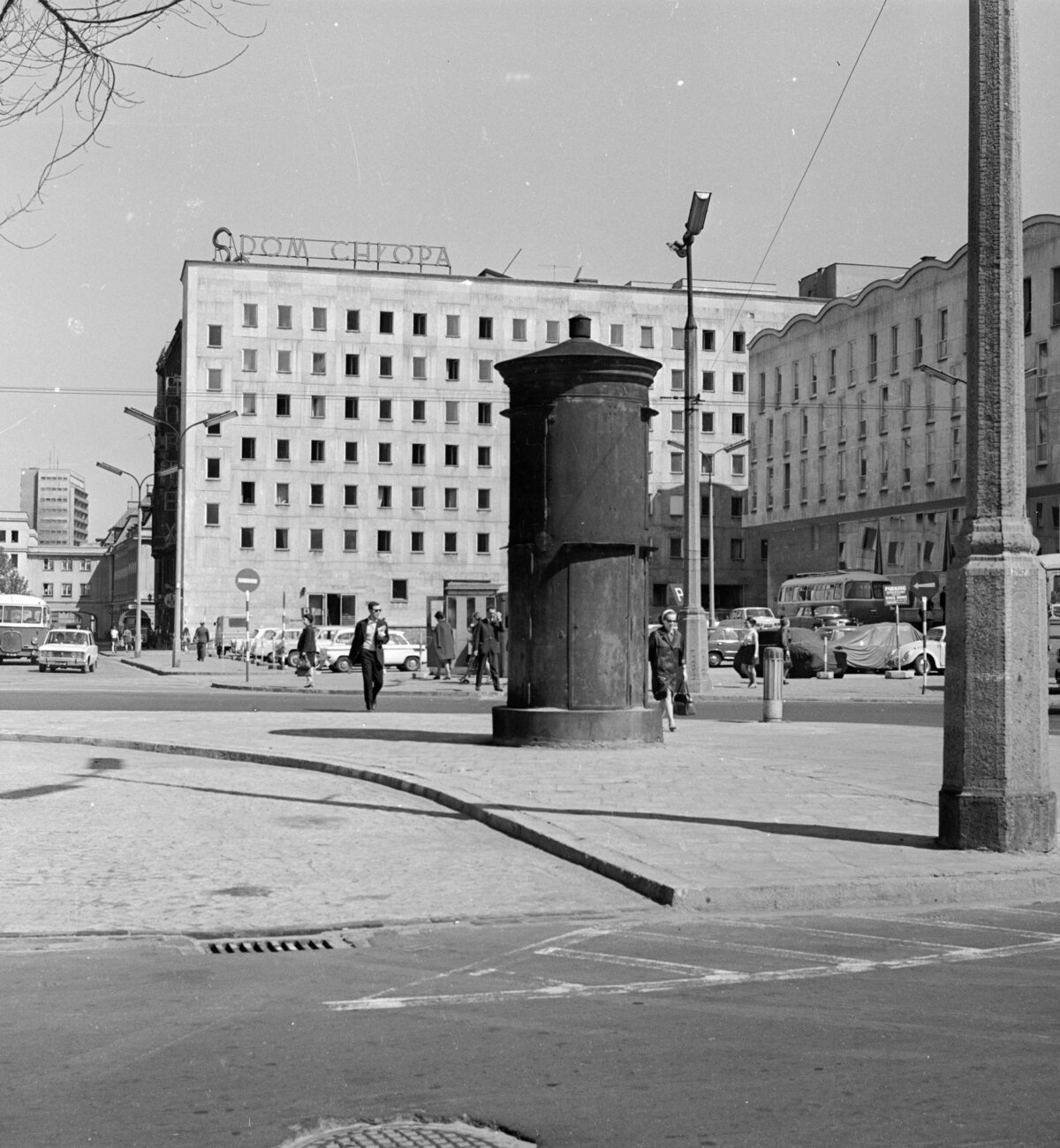
It was only in the People’s Republic of Poland that the idea of the Dom Chłopa was revived. From the first years after liberation from German occupation, farmers began contributing financial donations toward its construction. Across the country, social committees for the building of the Dom Chłopa were formed. Funds for this purpose were also raised through the sale of donation certificates.
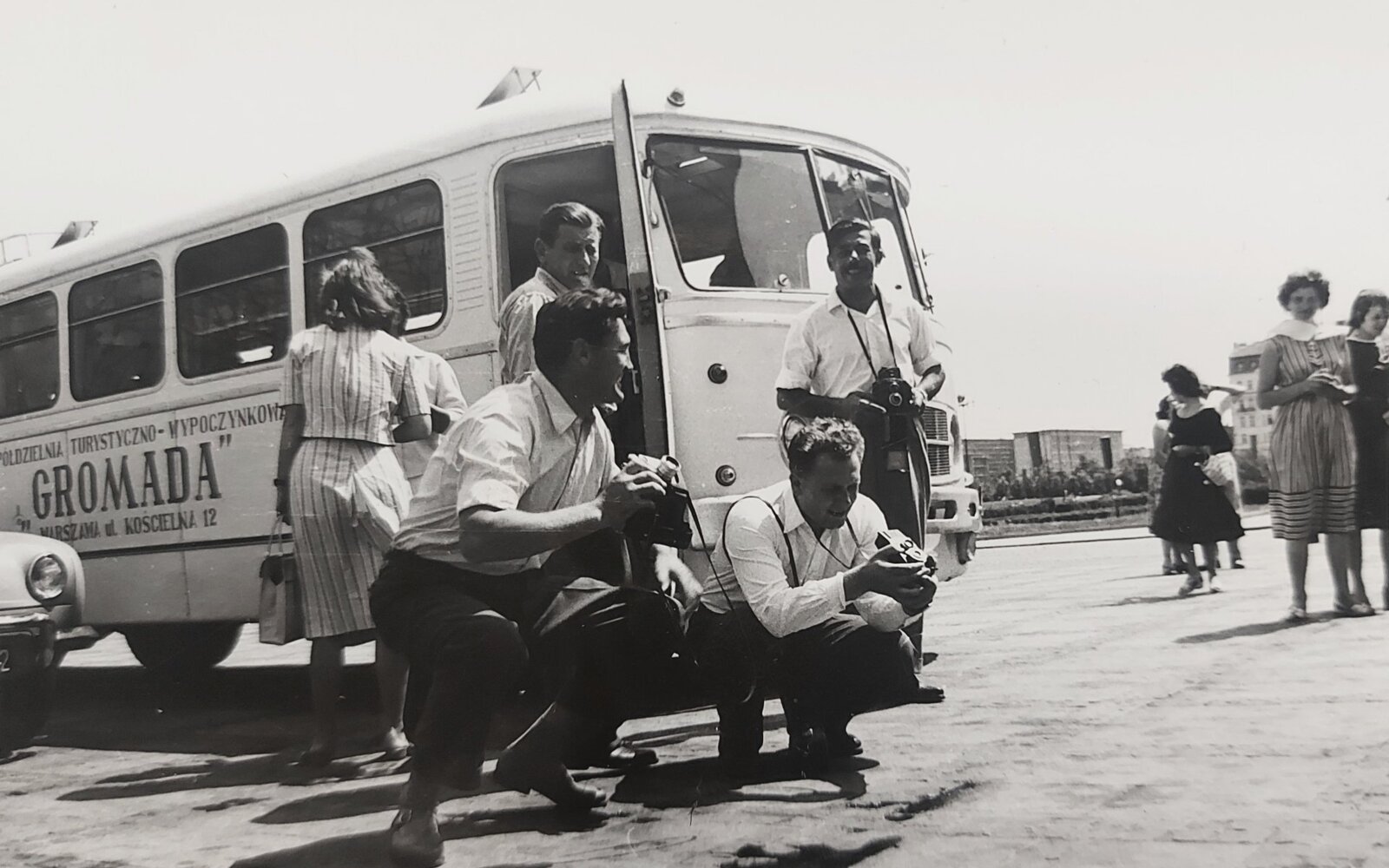
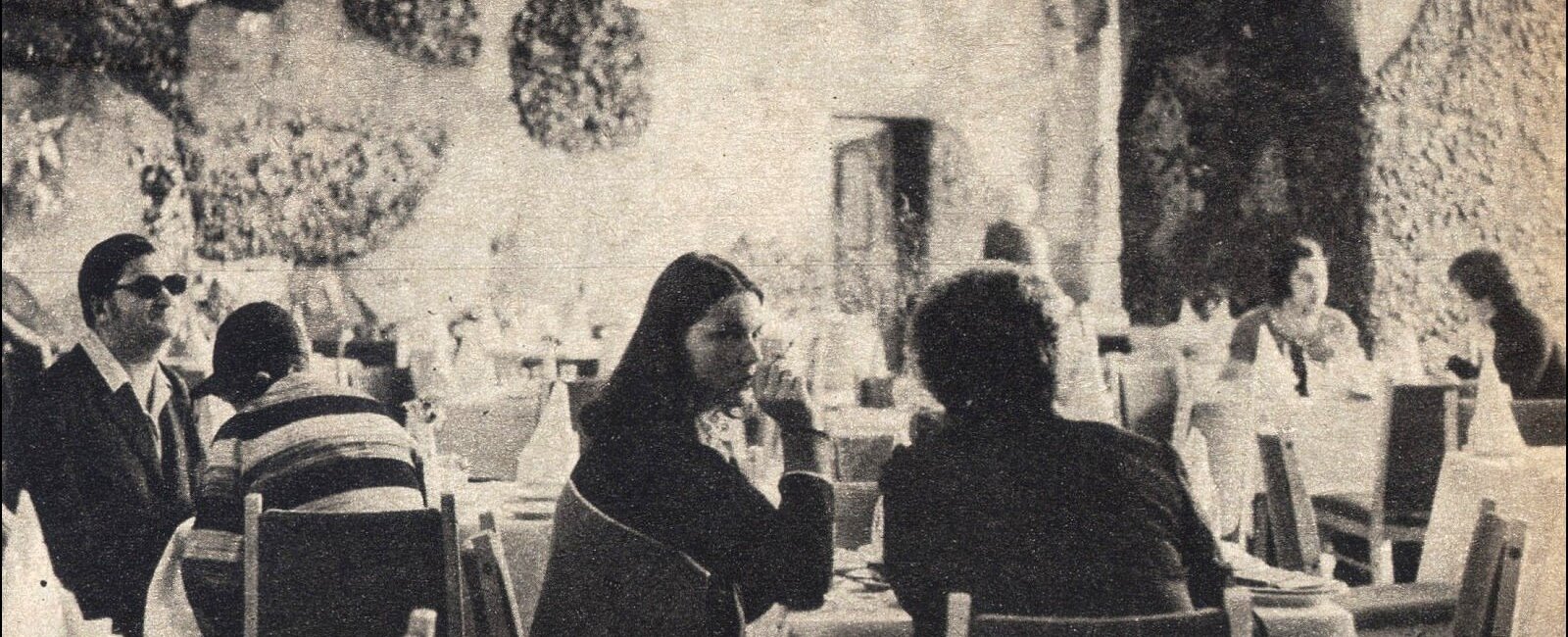
The Dom Chłopa served a socio-cultural function. On the hotel premises, guests could use the library, reading room, social hall, as well as receive agricultural, legal, and medical advice.
The Dom Chłopa club hosted meetings of members of the Union of Rural Youth, the Senior Club of Rural Cooperatives, village vacationers, rural poetry evenings, folk music and songs, lectures, recitals, and concerts. Together with Polish Radio, a series of radio broadcasts titled *Takty i kontakty* was aired from Dom Chłopa. The café "Jezioranka" featured performances by the Złoty Kłos cabaret. The venue also hosted the famous Warsaw Meetings organized by *Stolica* magazine.
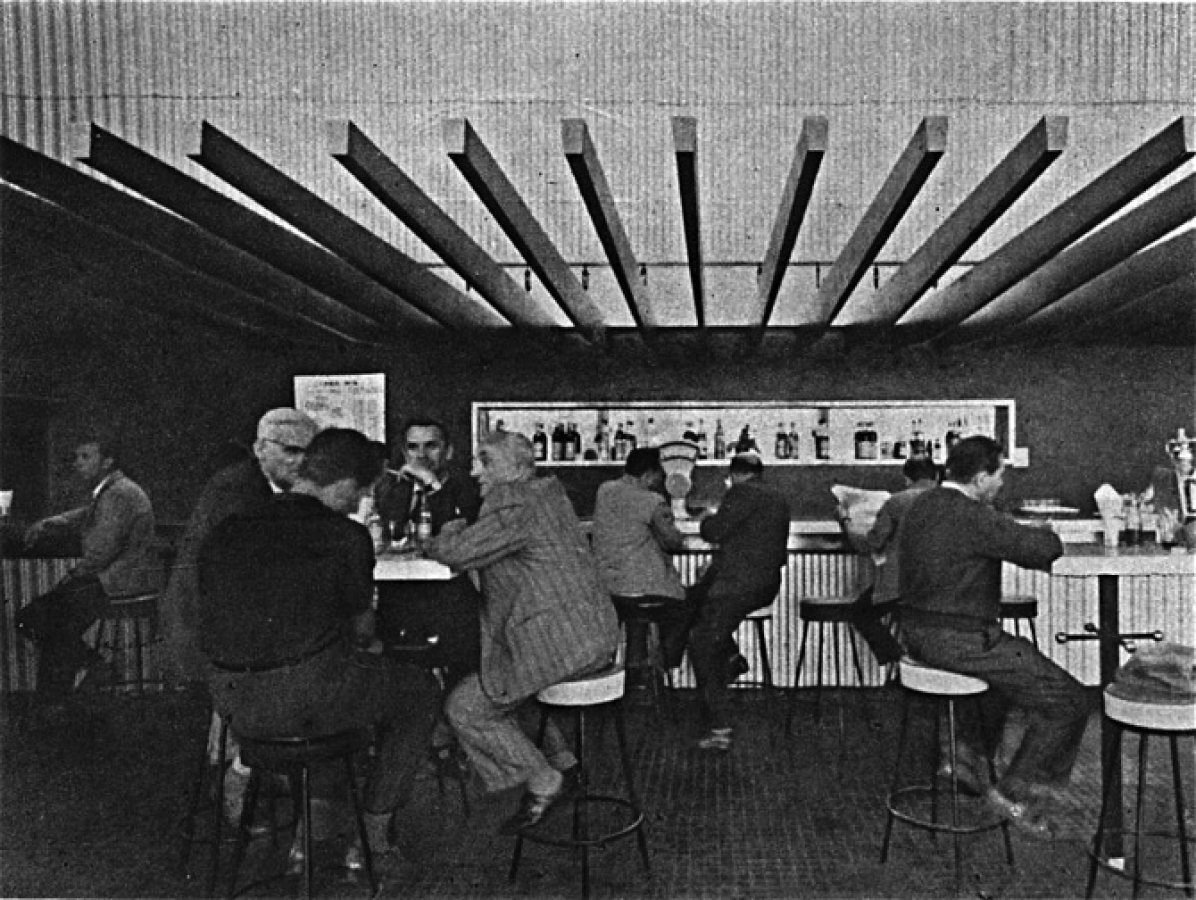
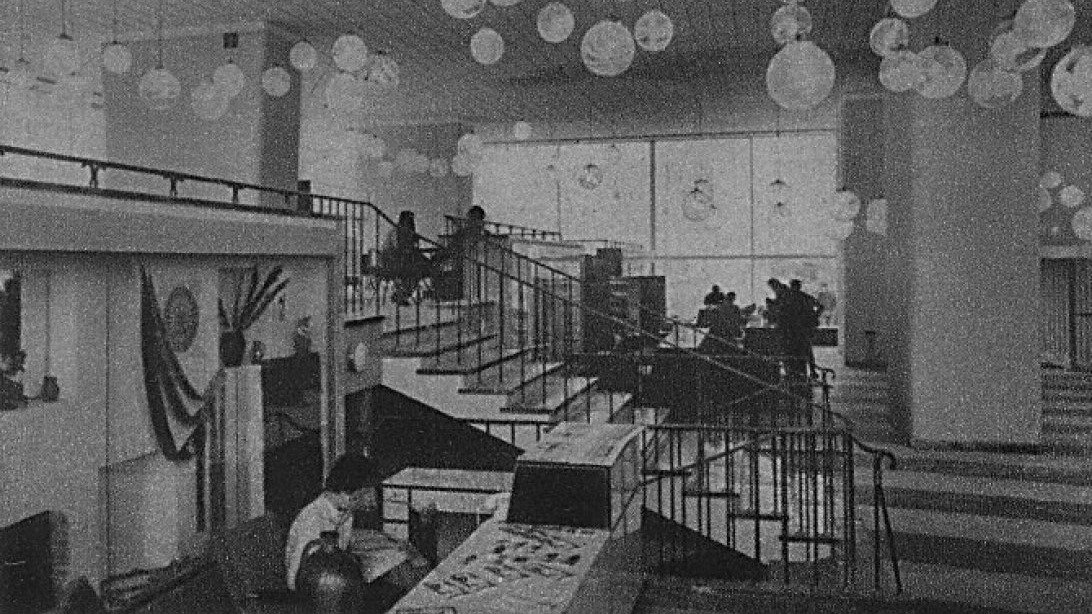
Undoubtedly, special attention in the Dom Chłopa should be given to the murals created using an experimental technique that combines ceramics, frescoes, and glass. These works were created in 1961 by Hanna and Gabriel Rechowicz. Gabriel Rechowicz was primarily known as an outstanding painter, graphic artist, and illustrator of several children's books. Hanna Rechowicz was successfully involved in scenography and the design of artistic textiles. The monumental murals in the interiors and patio of the Dom Chłopa are a synthesis of these arts and a testament to the harmonious collaboration of both artists.
